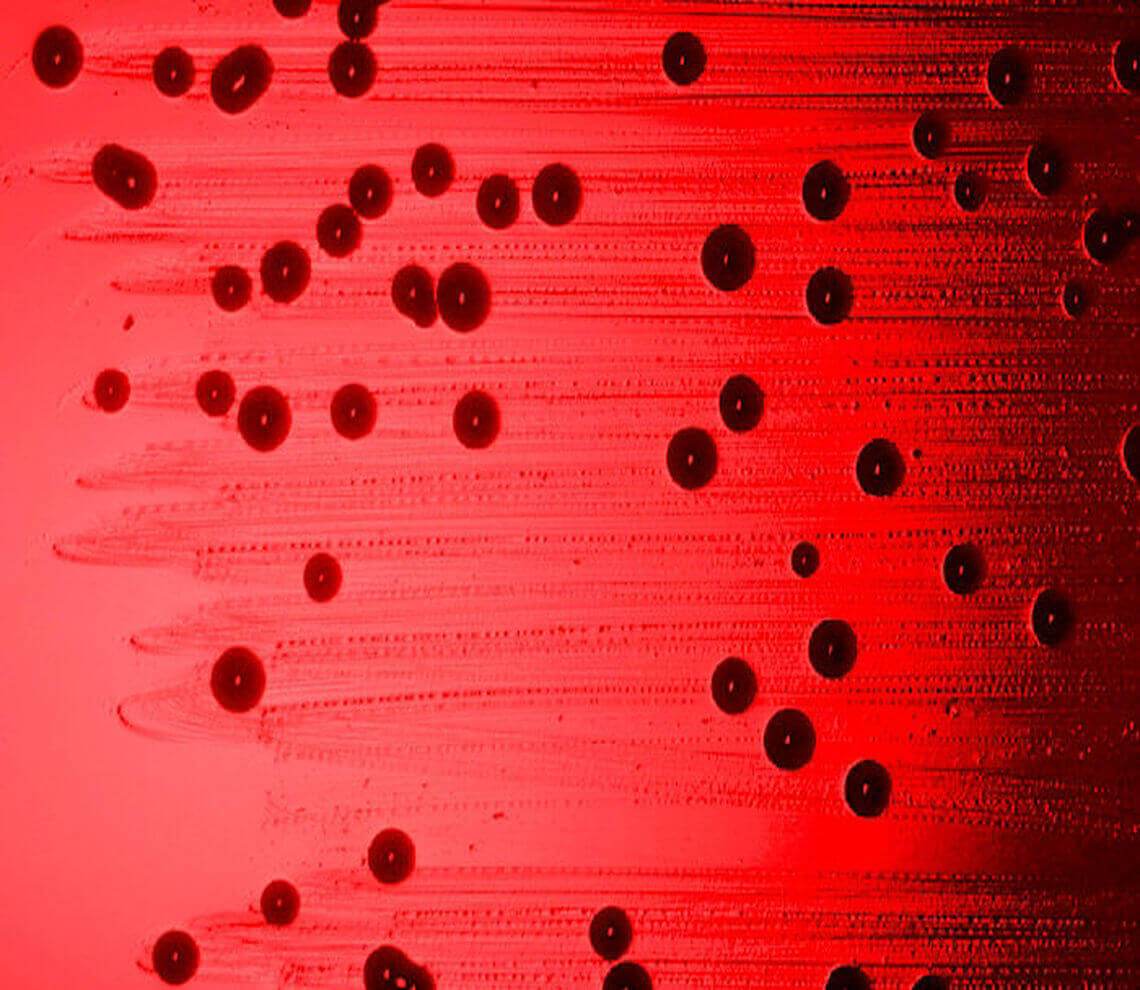- Our Suppliers
- MBS Monoclonals
- Mitochondria
Product short description
Price:
354 EUR
Size:
100ug
Catalog no.:
GEN438290
Product detailed description
Concentration
N/A
Form/Appearance
N/A
Purification method
N/A
Gene name
N/A
Gene name synonims
N/A
Other gene names
N/A
Other names
N/A
Clone
SPM198
Category
Antibodies
Clonality
Monoclonal
Immunoglobulin isotype
IgG1, kappa
Also known as
Mitochondria
Subcategory
Mnoclonal antibodies
Host organism
Mouse (Mus musculus)
Tested applications:
Immunofluorescence (IF), Western Blot (WB), Immunoprecipitation (IP), Immunohistology (IH)
Storage and shipping
Store the antibody at +4C. Temperature variations in the range of 1 to 7 degrees Celsius are tolerable. We recommend NOT to freeze the antibody. Antibody is stable for 24 months.
Species reactivity
Human (Homo sapiens). Does not react with Mouse (Mus musculus) and Rat (Rattus norvegicus).; Due to limited knowledge and inability for testing each and every species, the reactivity of the antibody may extend to other species which are not listed hereby.
Specificity and cross-reactivity
MAb 113-1 recognizes a 60kDa antigen associated with the mitochondria in human cells. It can be used to stain mitochondria in cell or tissue preparations and can be used as a mitochondrial marker in subcellular fractions. It produces a spaghetti-like pattern in normal and malignant cells. This antibody is an excellent marker for human cells in xenographic model research. It reacts specifically with human cells, including neurons and embryonic stem cells. Abundant granular eosinophilic cytoplasm is a common feature of renal oncocytoma, chromophobe renal cell carcinoma, eosinophilic variant of papillary renal cell carcinoma, and the granular variant of clear cell renal cell carcinoma (RCC). The chief reason for their distinction from one another is the difference in their biologic behavior. However, precise characterization may be difficult in some cases because of overlapping morphologic features. Immunostaining pattern with anti-mitochondrial MAb 113-1 has been reported as a useful discriminatory adjunct in the complex differential diagnosis of granular renal cell tumors. Moreover, Salivary gland tumors usually show great variability both in their morphopathology as well as their clinical behavior. One study highlights the usefulness of 113-1 MAb to facilitate the classification of salivary tumors, an aspect that may sometimes have not only diagnostic implications, but also prognostic.; Since it is not possible to test each and every species our knowledge on the corss reactivity of the antibodies is limited. This particular antibody might cross react with speacies outside of the listed ones.
© Copyright 2016-Tech News . Design by: uiCookies

